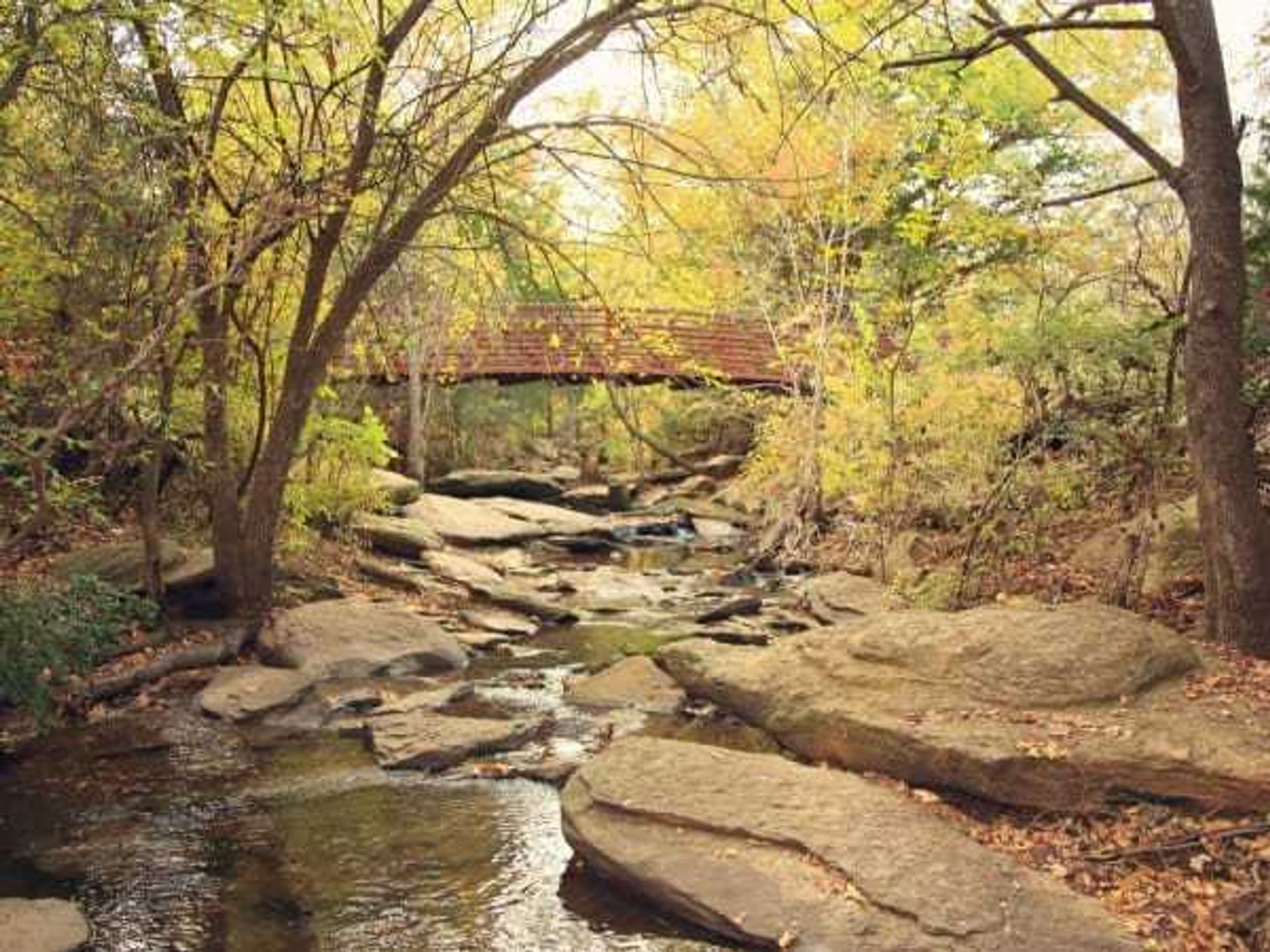a walk in the park
Plano fields No. 1 ranking on new list of best parks in Texas for 2024

There's much to explore around Plano's vast park system.
Plano's park system is king of the jungle gym. The 2024 ParkScore report, which rates park systems in 100 of the largest American cities, puts Plano at No. 1 in Texas and No. 16 nationwide.
The report by nonprofit Trust for Public Land evaluates park systems on five metrics: park access, equity, acreage, investment, and amenities.
It's the second year in a row Plano has been ranked No. 16 nationally (down slightly from 15th in 2022 and 2021). For several years, Plano has maintained its place atop the charts in Texas.
According to Parkscore, Plano stands out because:
- The median size of a park in Plano is 13.8 acres, which is more than double the national average park size of 5.4 acres.
- A whopping 82 percent of residents live within a 10-minute walk of a park, which is 2 percent higher than in 2023.
- Plano also spends the most on its park system out of all DFW-area cities, at $181 per resident.
"Parks play a crucial role in neighborhoods, allowing us all to be more connected, healthier, and more resilient," says Trust for Public Land Texas leader Molly Morgan in a press release. "In a world where your zip code is the most important social determinant of your health, having safe, close-to-home access to the outdoors can make a huge difference in the communities we serve."
Elsewhere in Dallas-Fort Worth:
Arlington's park system made the greatest gains in 2024, skyrocketing 27 spots to claim No. 47 in the nation and No. 4 in Texas. The median size of a park in the city is 12.6 acres, with 70 percent of residents within walking distance of a park. Arlington spends about $112 per resident on its parks, the report says.
Parks in Dallas also made improvements in 2024, moving up five spots to claim No. 38 nationwide and No. 2 in Texas. Dallas Mayor Eric Johnson praised his city in a press release, stating that Dallas is currently in "a golden era of parks."
"We are working diligently to build the greatest park system of any big city in Texas, and I am thrilled to see our partners at the Trust for Public Land recognize the remarkable progress we are making to that end," Johnson said. "Parks are critical for any city to thrive, and Dallas voters signaled their support for parks just a few weeks ago by approving a historic $345 million investment in our park system in the bond election.”
Here's how Dallas' parks stood out in the report:
- The city's median park size is nearly 8 acres, compared to the national ParkScore average of 5.4 acres.
- 74 percent of Dallas residents live within a 10-minute walk of a park, only two percent less than the national average.
- Dallas spends $140 per resident on its park system, compared to the national average of $124 per resident.
The opening of the Big Cedar Wilderness area also helped improve residents' park access around Dallas, especially near downtown.
"The work we are doing to expand access in Dallas shows in this rankings jump, but each new green space driving this change is most meaningful to the neighbors they serve – giving a child a place to play, a senior a place to walk, family and friends a place to connect, and communities a place to thrive," said Morgan.
Garland parks improved significantly in 2024, jumping 13 spots into No. 74 in the nation. The median park size in Garland is 9.6 acres, and only 63 percent of residents live within walking distance of a park.
The park system in Fort Worth, on the other hand, slipped three spots to No. 91 in 2024. The city's median park size is 8.7 acres, and 62 percent of residents live within a 10-minute walk of a park. Fort Worth spends an average of $91 per resident on its parks.
Irving's park system ranked No. 99 nationally for the second consecutive year. The city's median park size is smaller than the national average, only 3.2 acres, and Irving spends the least amount of money on its park system out of all Metroplex-area cities, at $88 per resident. Like Fort Worth, 62 percent of residents living in Irving live within a 10-minute walk of a park.

 Cafe Dior was a hard-to-get reservation when it opened in Dallas. SevenRooms
Cafe Dior was a hard-to-get reservation when it opened in Dallas. SevenRooms  The School for the Talented and Gifted in Dallas ISD is the 9th best high school in the country, and the top high school in Texas. tagmagnet.dallasisd.org/
The School for the Talented and Gifted in Dallas ISD is the 9th best high school in the country, and the top high school in Texas. tagmagnet.dallasisd.org/  Dallas Caramel Company founder Rain McDermott Courtesy
Dallas Caramel Company founder Rain McDermott Courtesy